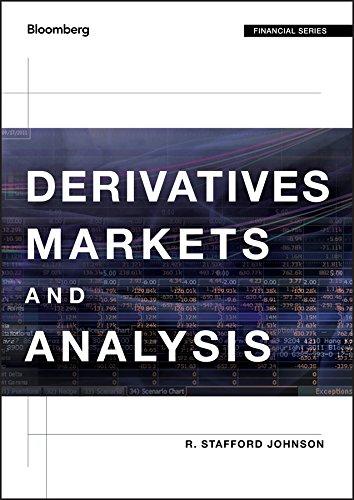Using the put-call parity model, determine the equilibrium price of the put in Question 1, given the
Question:
Using the put-call parity model, determine the equilibrium price of the put in Question 1, given the equilibrium call value as determined by the binomial model. Comment on the consistency of the binomial call and put models and the put-call parity model.
Question 1:
Consider a one-period, two-state case in which \(\mathrm{ABC}\) stock is trading at \(\mathrm{S}_{0}=\) \(\$ 100\), has \(u\) of 1.10 and \(d\) of 0.95 , and the period risk-free rate is \(5 \%\).
a. Using the BOPM, determine the equilibrium price of an \(\mathrm{ABC} 100\) European call option expiring at the end of the period.
b. Explain what an arbitrageur would do if the ABC European call were priced at \(\$ 5.35\). Show what the arbitrageur's cash flow would be at expiration when she closed. Show the cash flows at both possible stock prices at expiration.
c. Explain what an arbitrageur would do if the ABC European call were priced at \(\$ 7.35\). Show at both possible stock prices what the arbitrageur's cash flow would be at expiration when she closed.
d. Using the BOPM, determine the equilibrium price of an \(\mathrm{ABC} 100\) European put option expiring at the end of the period.
e. Explain what an arbitrageur would do if the \(\mathrm{ABC} 100\) European put were priced at \(\$ 1.18\). Show what the arbitrageur's cash flow would be at both possible stock prices at expiration when she closed.
f. Explain what an arbitrageur would do if the \(\mathrm{ABC} 100\) European put were priced at \(\$ 2.00\). Show what the arbitrageur's cash flow would be at both possible stock prices at expiration when she closed.
Step by Step Answer:






